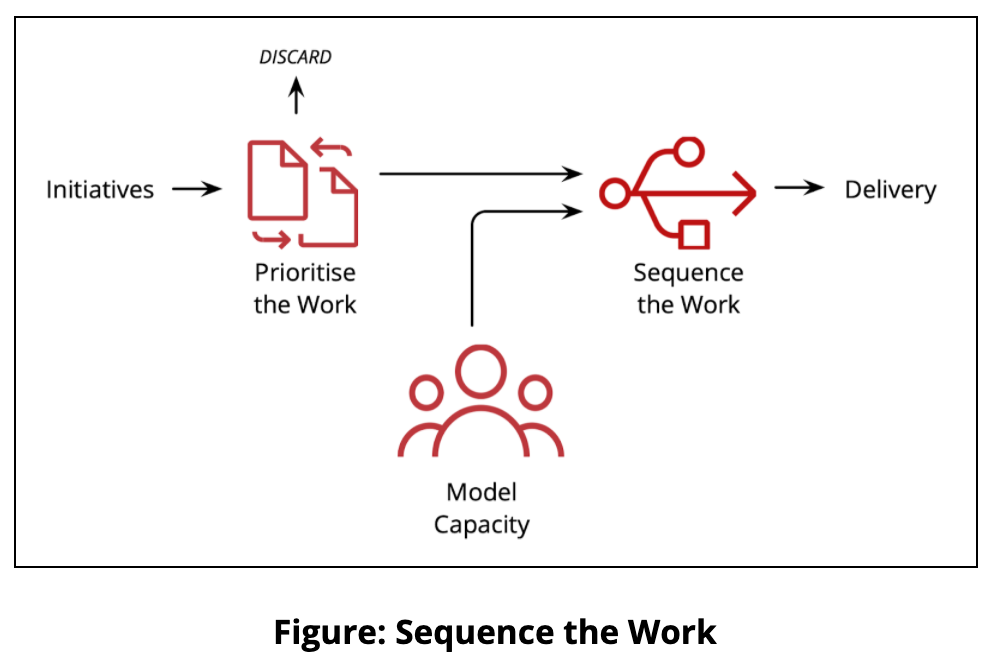Agile engineering practices
Part 1: Do the most valuable thing, unless you can't


The two most significant factors that influence what work we start are capacity and dependency. While capacity is primarily an internal constraint (i.e. we collectively have capacity to do work and we have the ability to allocate that capacity to the most important things), dependency can be both an internal and external constraint, where we require the services of someone outside the team.
There are a few good guiding principles to follow to address these two common constraints:
Disclaimer: The statements and opinions expressed in this article are those of the author(s) and do not necessarily reflect the positions of Thoughtworks.
